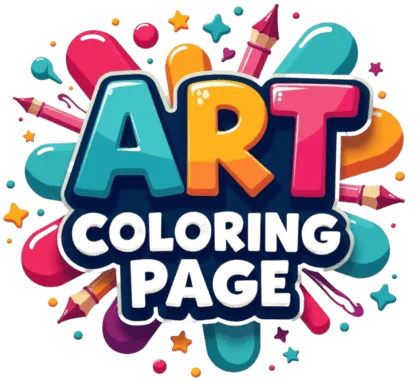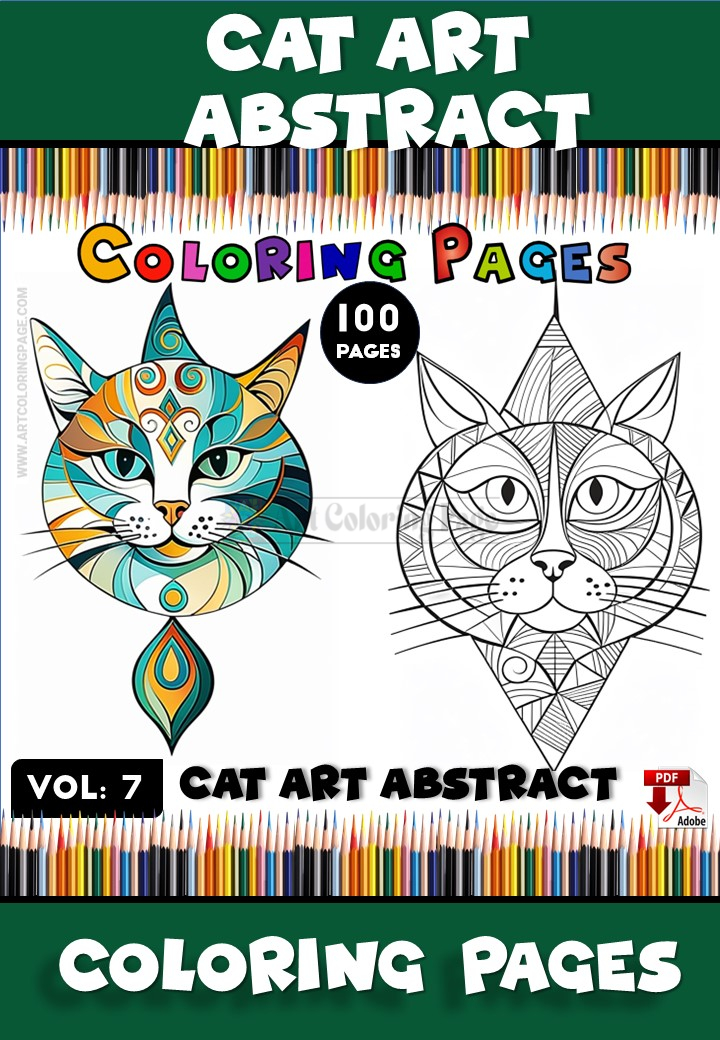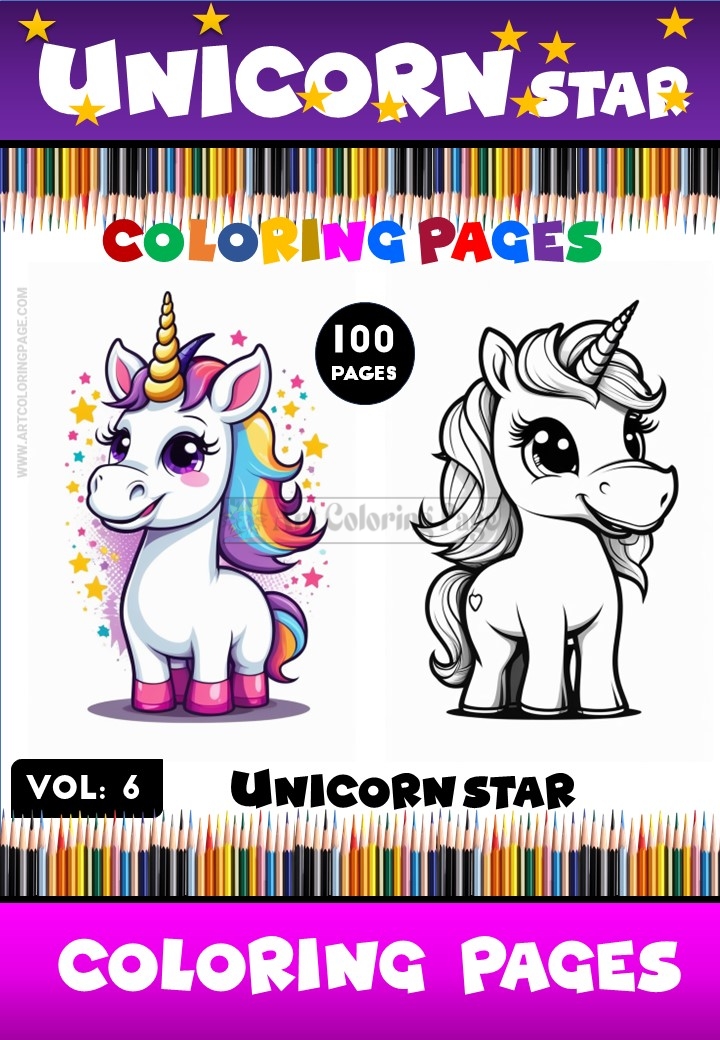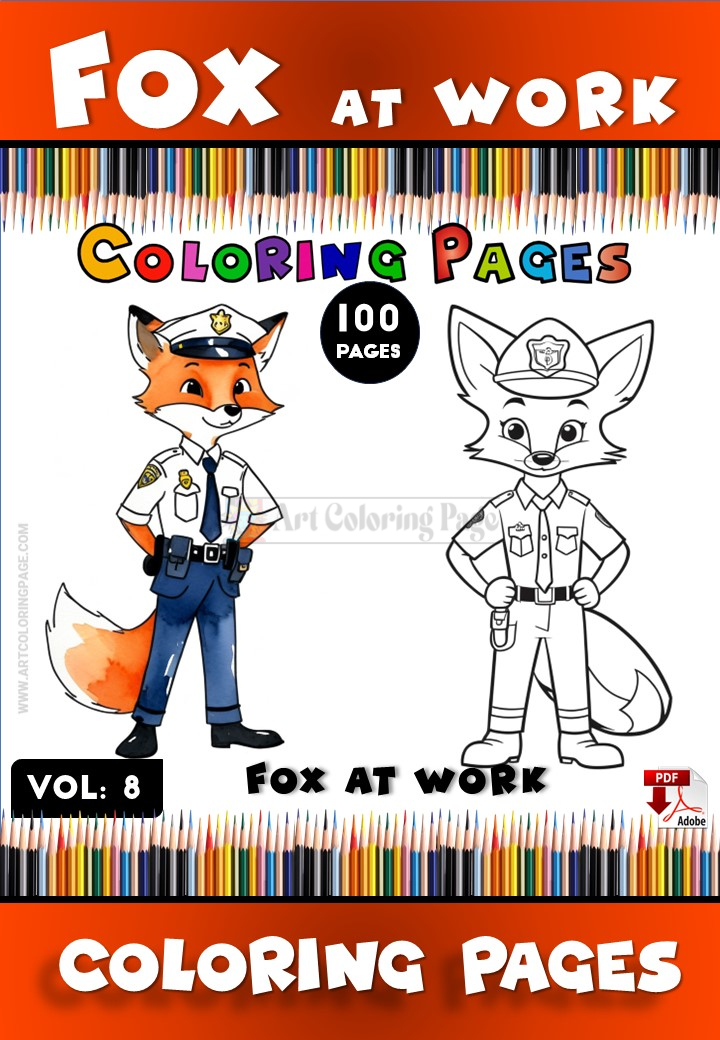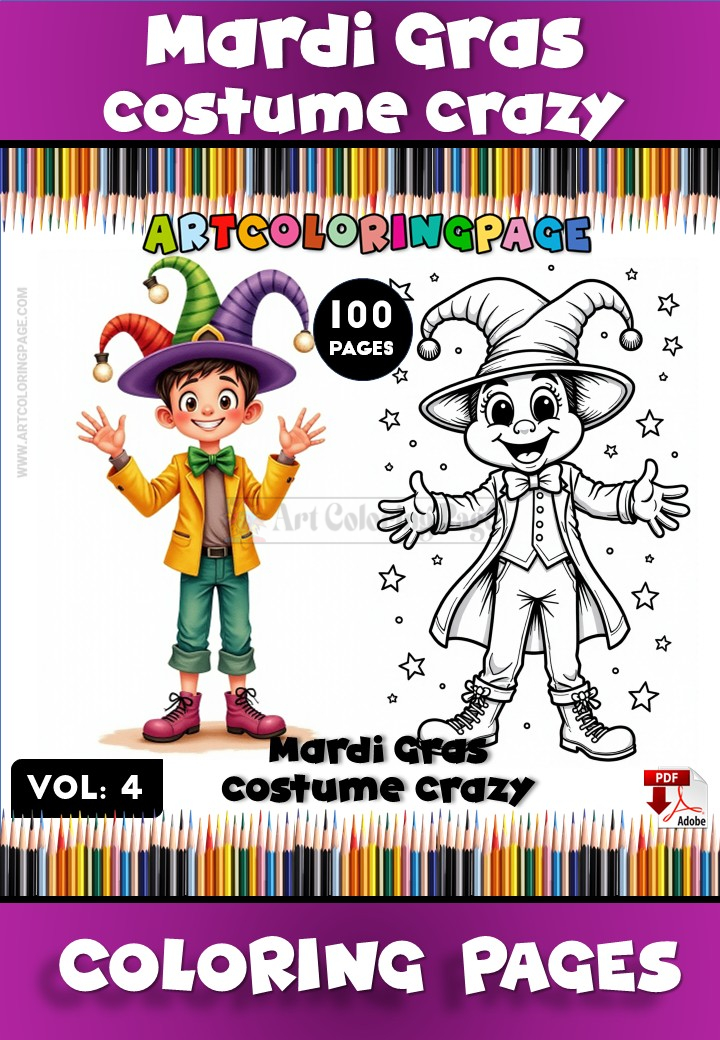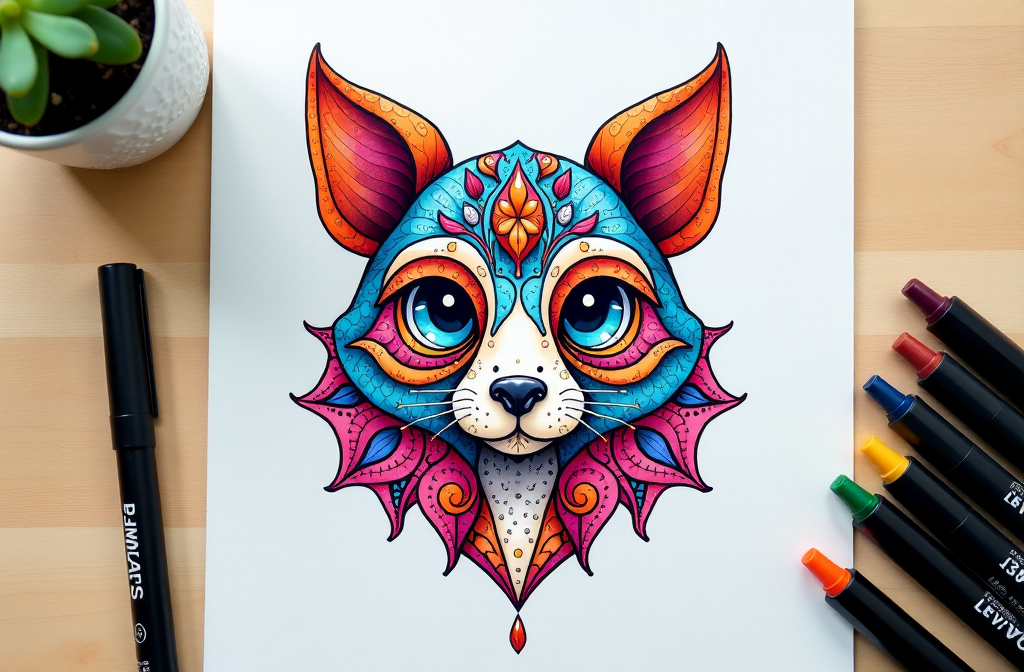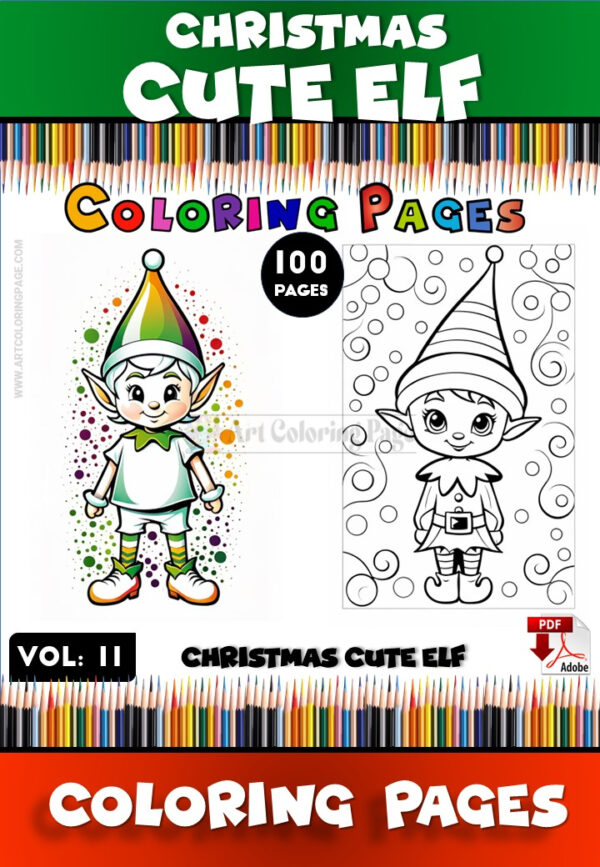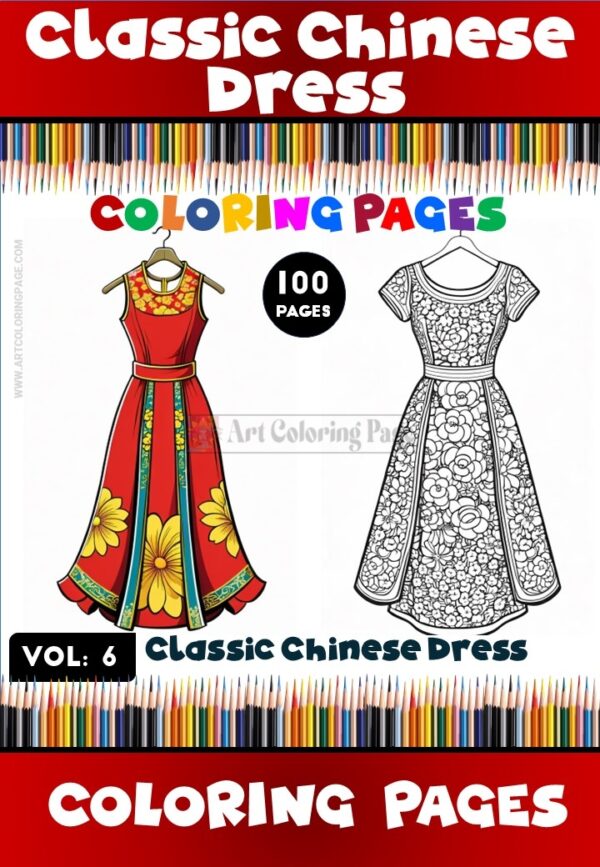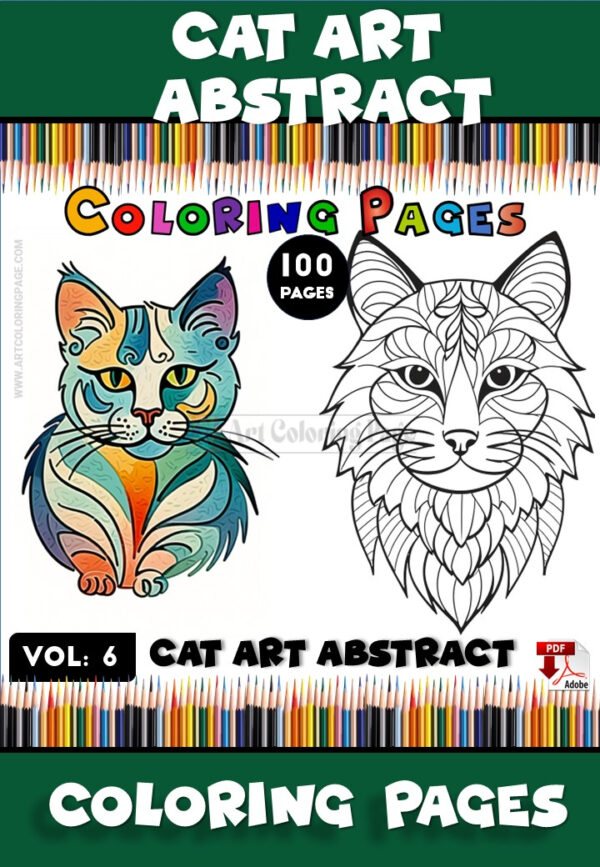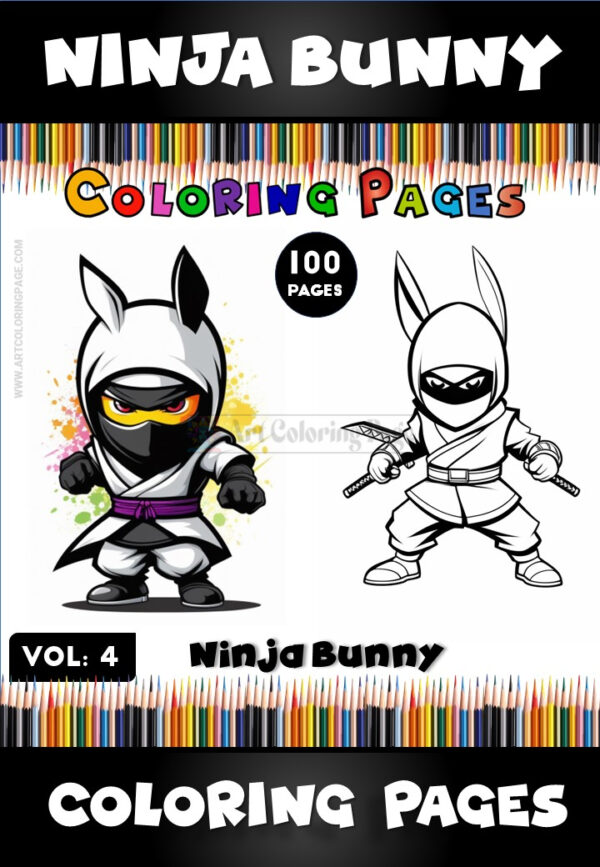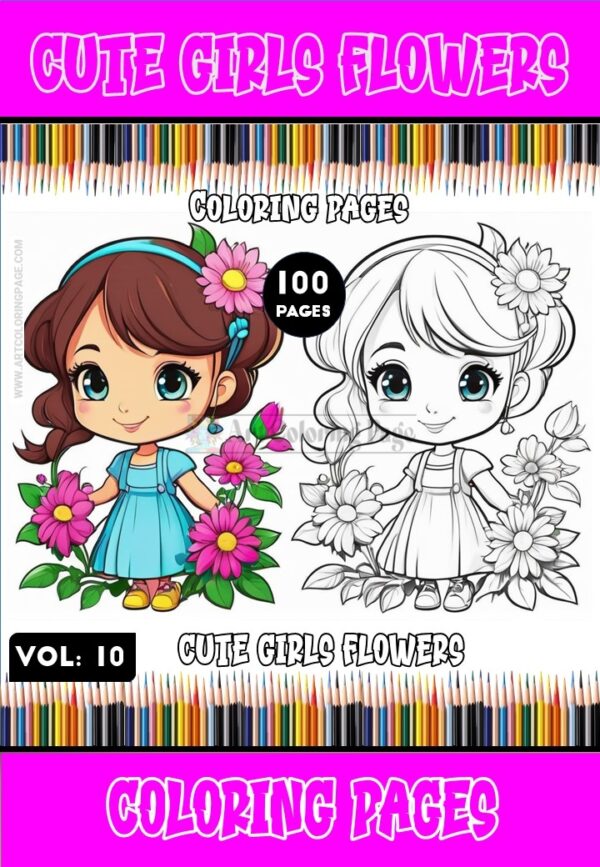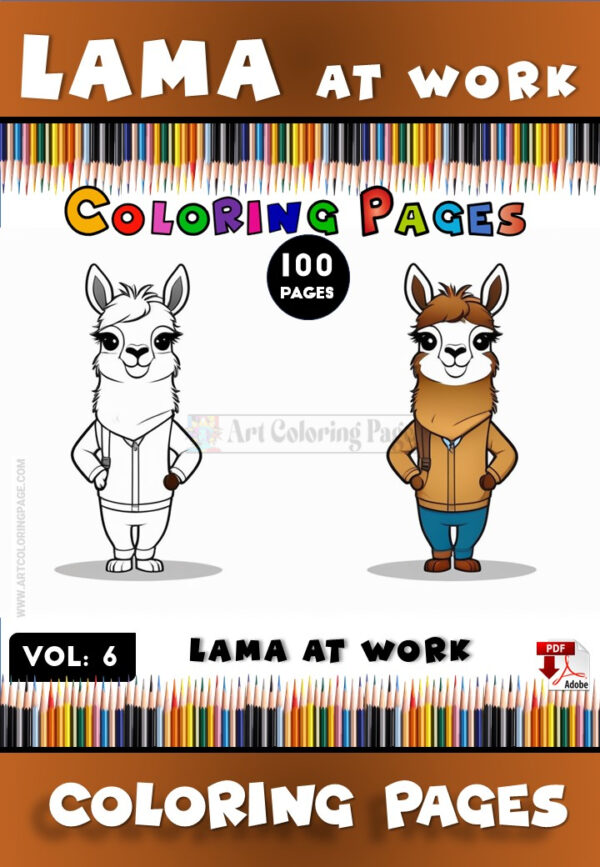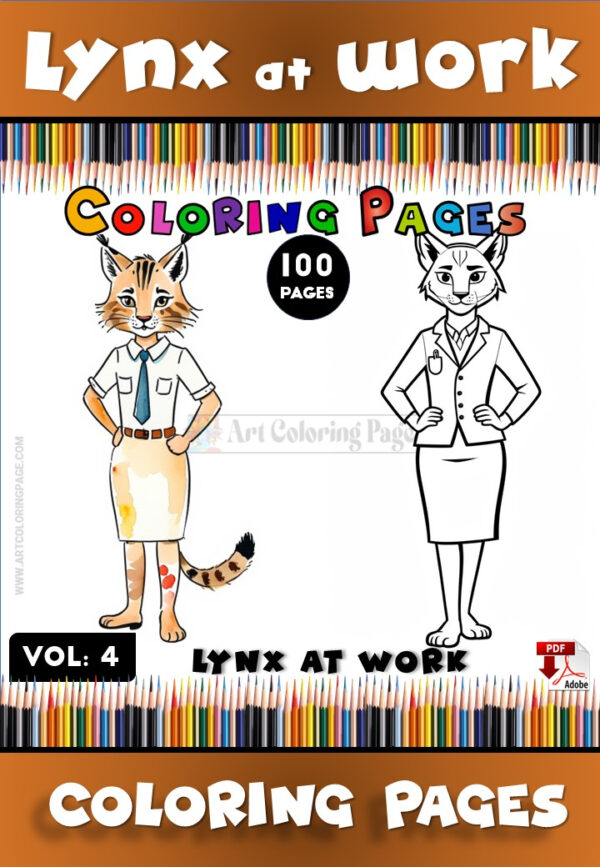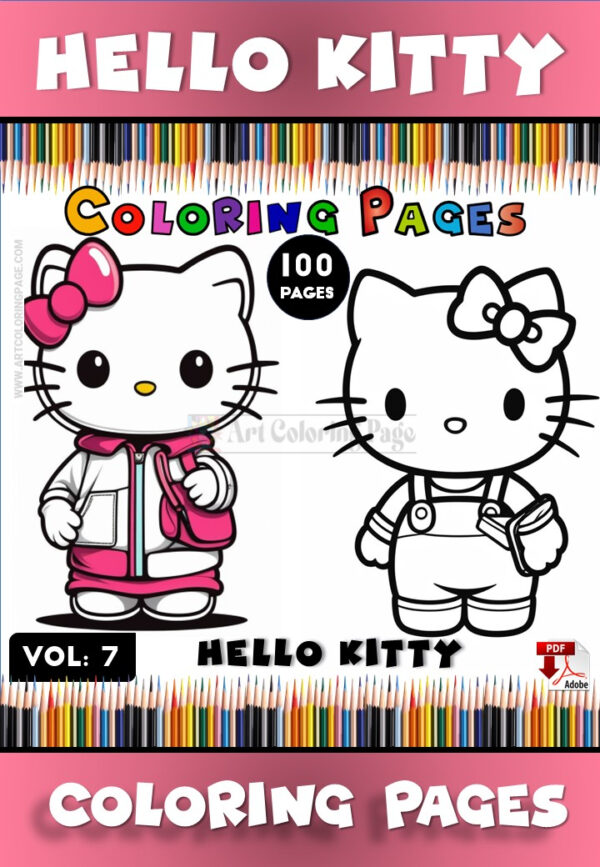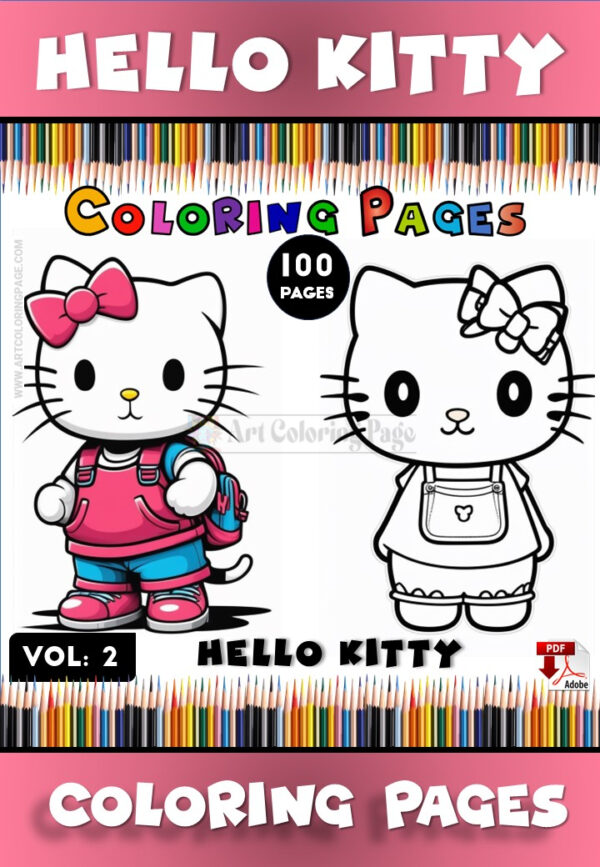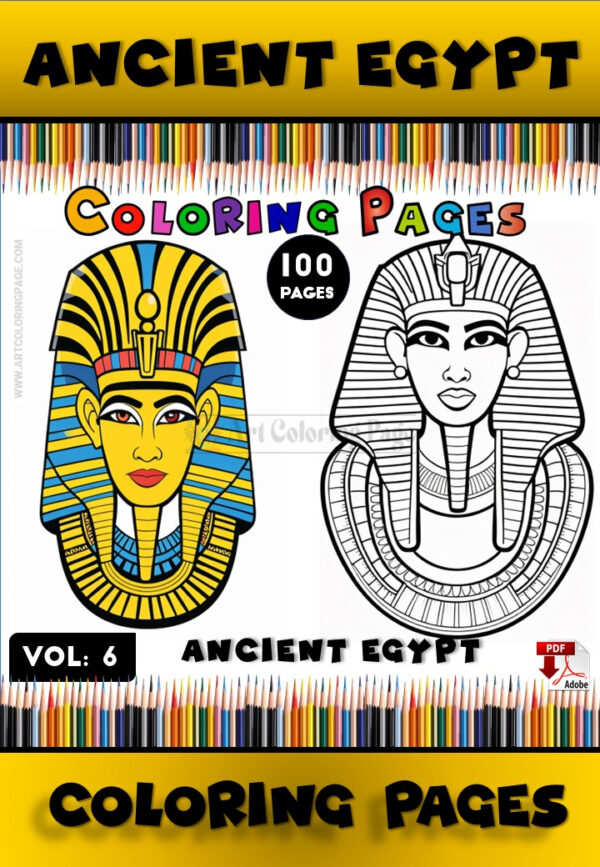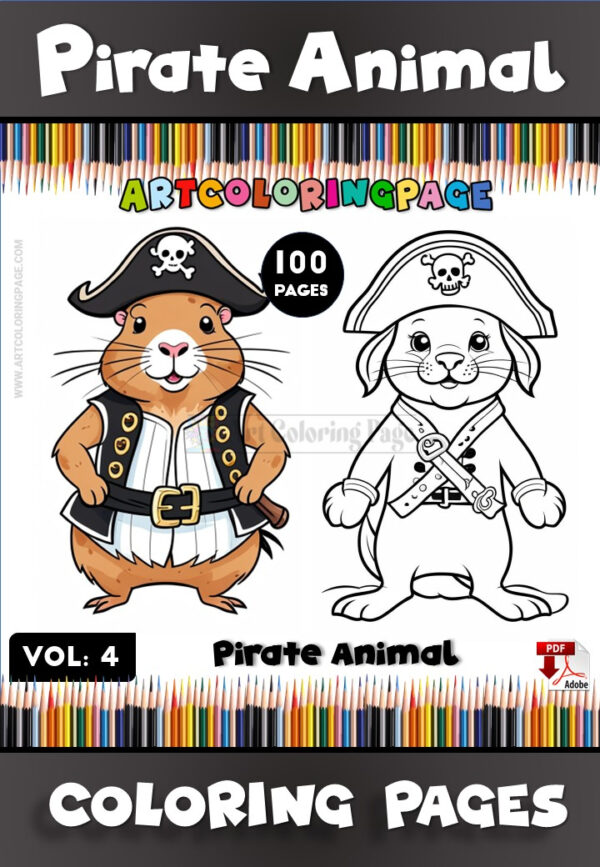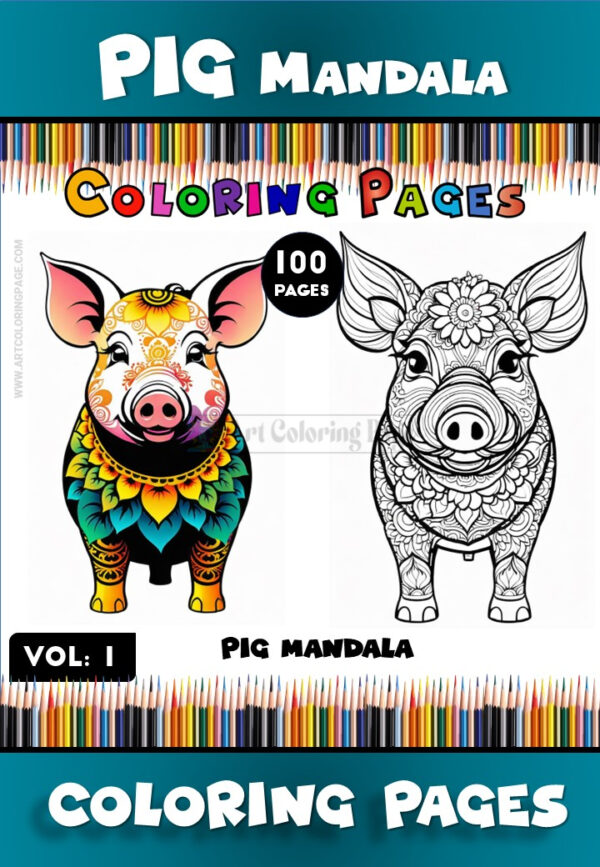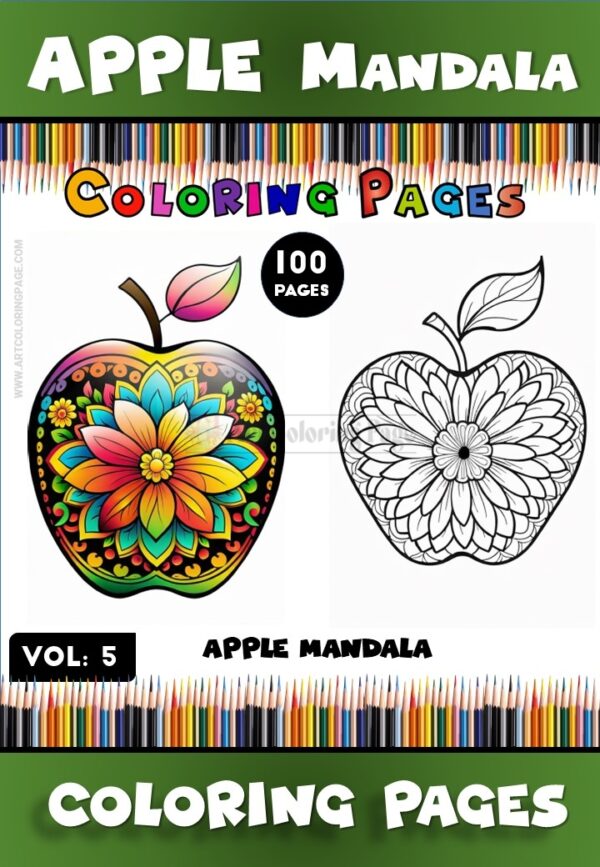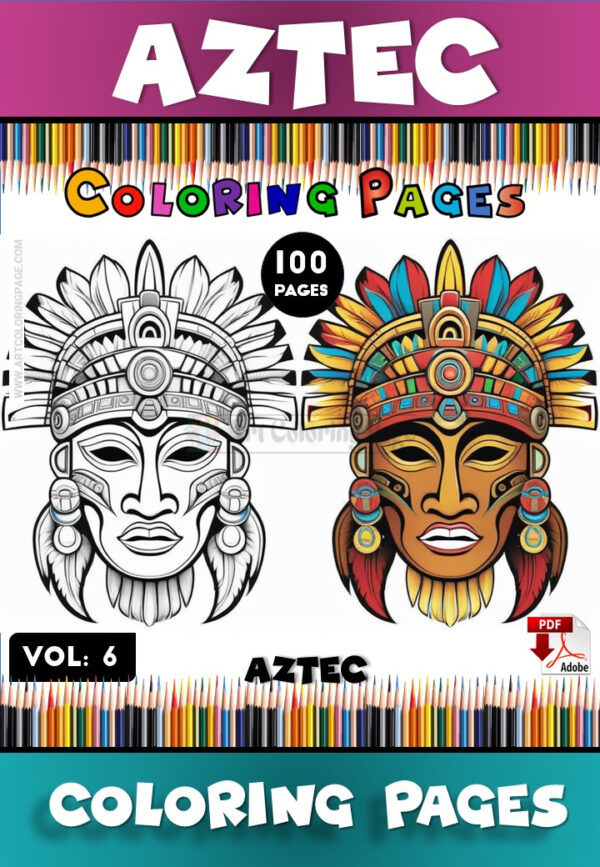Blogs coloring page
Coloring Book Pages for All Ages: Creative Fun for Everyone
Discover amazing coloring book pages for all ages! Explore benefits for kids, teens, adults & seniors. Find tips, themes & the best printable resource: artcoloringpage.com. Unleash creativity & fun for everyone in the family today!
The Universal Appeal of Coloring
In a world bustling with complex technologies and fast-paced living, there exists a simple, timeless activity that effortlessly bridges generational gaps and offers profound benefits to individuals at every stage of life: coloring. The act of applying color to line art, once primarily associated with childhood, has undergone a remarkable resurgence and recognition, revealing its universal appeal. Coloring book pages for all ages are no longer just a niche product; they represent a powerful medium for creativity, relaxation, learning, and connection that resonates deeply whether you’re three, thirty, or eighty-three. This isn’t merely about filling spaces within lines; it’s about engaging the mind, soothing the spirit, and expressing individuality in a uniquely accessible format.
The beauty of coloring lies in its inherent simplicity and adaptability. For a toddler, it’s a foundational step in developing fine motor skills and recognizing colors. For a stressed adult, it’s a mindful escape, a digital detox that calms an overactive mind. For a senior, it can be a gentle way to maintain dexterity and spark cherished memories. For families, it offers a rare opportunity for shared, screen-free creative time, fostering communication and bonding. The sheer variety available today – from bold, simple shapes for tiny hands to incredibly intricate patterns for seasoned colorists – ensures that there truly are engaging and appropriate coloring book pages for all ages. This universal accessibility, combined with the tangible benefits across cognitive, emotional, and motor domains, explains why coloring continues to capture hearts and minds across the globe.
This article delves into the vibrant world of coloring for everyone. We will explore the diverse benefits that coloring offers throughout the human lifespan, from early childhood development to cognitive engagement in later years. We’ll provide guidance on selecting the perfect pages tailored to the interests and abilities of different age groups – toddlers, kids, teens, adults, and seniors. We will also navigate the expanding universe of printable coloring resources, highlighting why artcoloringpage.com stands as the premier destination for high-quality, diverse options. Furthermore, we’ll celebrate coloring as a shared activity that fosters connection and explore the tools and emerging trends shaping this ever-evolving creative pursuit. Join us as we uncover why coloring book pages for all ages offer more than just a pastime – they offer a pathway to lifelong creativity, calm, and connection.

Why Coloring Transcends Age: Benefits Across the Lifespan
The enduring magic of coloring lies in its remarkable ability to offer distinct yet equally valuable benefits to individuals throughout their entire lives. It’s not just a single activity with a single purpose; rather, it adapts its gifts to meet the developmental, cognitive, emotional, and social needs specific to each age group. Understanding this spectrum of benefits underscores why coloring book pages for all ages are such a valuable resource for personal growth, well-being, and intergenerational connection. From the foundational skills built in early childhood to the cognitive stimulation sought in later years, coloring provides a consistent thread of positive engagement.
For the youngest children, coloring is a Code Playground for essential skill development. It’s where fine motor control begins to take shape, where color names are learned and associated with visual input, and where the first sparks of creative expression ignite. As children grow, coloring evolves into a tool for enhancing concentration, fostering patience, and providing a constructive outlet for emotions and imagination. For adults navigating the complexities of modern life, coloring emerges as a powerful ally against stress and anxiety, offering moments of mindful calm and a satisfying way to disconnect from digital overload. And for seniors, it presents a gentle yet effective means to maintain manual dexterity, stimulate cognitive pathways, and engage in enjoyable social interaction. Let’s explore these age-specific benefits in more detail, appreciating the multifaceted role coloring plays across the human lifespan.
Early Strokes: Developmental Gains for Toddlers and Young Children
For toddlers and preschoolers, the world is a whirlwind of discovery, and coloring book pages for all ages, specifically those designed with them in mind, serve as crucial tools in their developmental journey. Far from being mere entertainment, coloring provides a playful context for mastering fundamental skills that lay the groundwork for future learning, particularly in preparation for school. The simple act of gripping a crayon and attempting to fill a space, however imperfectly, is packed with developmental significance.
One of the most immediate benefits is the development of fine motor skills. Holding a crayon, marker, or chunky pencil requires dexterity in the small muscles of the hands and fingers. Coordinating these muscles to make intentional marks on paper strengthens the hand-eye coordination necessary for tasks like writing, buttoning clothes, and using utensils. Coloring encourages the development of a proper pencil grasp, transitioning from a fist grip to a more controlled tripod grip over time. The act of trying to stay within the lines, even if unsuccessful initially, hones spatial awareness and control.
Color recognition and vocabulary are naturally enhanced through coloring. As children choose crayons and identify them (“This is blue,” “I want the red one”), they learn to associate names with visual hues. Discussing the colors they are using reinforces this learning. Simple coloring pages often feature familiar objects – animals, fruits, toys – helping children connect colors to the real world (e.g., coloring an apple red, a banana yellow).
Furthermore, coloring fosters concentration and focus. While a toddler’s attention span is short, the engaging nature of coloring can help extend it gradually. Sitting down to complete even a simple picture requires a degree of focus, teaching children to attend to a task. This builds foundational skills for classroom learning. It also introduces the concept of planning (choosing colors) and completing a task, providing a sense of accomplishment that boosts self-esteem.
Creativity and self-expression also find an early outlet in coloring. While they are working within predefined lines, the choice of color is entirely theirs. A purple dog or a green sky is perfectly acceptable, allowing children to experiment and express their unique perspective without judgment. This freedom encourages imagination and builds confidence in their creative choices. Simple coloring book pages for all ages, tailored for the youngest users with bold lines and large spaces, are therefore invaluable tools for nurturing these essential early skills in a fun and engaging way.
Creative Growth: Coloring for School-Aged Kids and Teens
As children move into their school years and adolescence, the role and benefits of engaging with coloring book pages for all ages evolve, yet remain profoundly significant. While the foundational motor skills are largely established, coloring continues to support cognitive development, emotional regulation, and creative expression in ways uniquely suited to the challenges and interests of this age group. It transitions from a primarily skill-building activity to a more nuanced tool for focus, relaxation, and self-discovery.
For school-aged children (roughly ages 6-12), coloring can be an excellent way to improve concentration and patience. Completing more detailed coloring pages requires sustained attention and careful work, skills directly transferable to homework and classroom activities. Following coloring instructions, such as color-by-number pages or specific thematic requirements, also reinforces the ability to understand and execute directions. Furthermore, coloring provides a valuable non-academic creative outlet. In school systems sometimes heavily focused on standardized testing, coloring offers a space for artistic exploration without the pressure of grades or specific outcomes, allowing children to simply enjoy the process of creation. Themes often align with their interests – dinosaurs, space, fantasy, animals – making it an engaging way to learn and explore visually.
For teenagers, navigating the complexities of adolescence, coloring can serve as a surprisingly effective stress-management tool. The pressures of academics, social dynamics, and hormonal changes can be overwhelming. Engaging with appropriately themed coloring book pages for all ages, perhaps featuring intricate patterns, mandalas, pop culture icons, or even humorous/angsty quotes, offers a quiet refuge. Like adults, teens can experience the mindfulness benefits of coloring – focusing on the repetitive motion and color choices helps quiet anxious thoughts and provides a healthy coping mechanism. It offers a screen-free activity, a welcome break from the constant stimulation of social media and digital devices, promoting relaxation and better sleep hygiene if done before bed.
Moreover, coloring allows teens a low-stakes avenue for self-expression. They can experiment with color palettes, techniques like shading and blending, and choose themes that reflect their evolving identities and interests, whether it’s intricate fantasy art, bold graphic designs, or nature scenes. It can be a solitary, reflective activity or a shared social one with friends. Providing access to diverse and age-appropriate coloring materials validates their need for creative outlets and acknowledges coloring as a legitimate form of relaxation and expression, not just something “for little kids.”
Mindful Moments: Stress Relief and Creativity for Adults
The explosion in popularity of adult coloring books a few years ago was no accident; it tapped directly into a growing need among adults for accessible, effective ways to manage stress, practice mindfulness, and reconnect with their creativity in the midst of demanding lives. Coloring book pages for all ages, particularly those designed with adult sensibilities in mind (featuring intricate patterns, sophisticated themes, and higher quality paper), offer a powerful antidote to the pressures of the modern world. The benefits extend far beyond simple distraction, touching upon mental, emotional, and even physical well-being.
One of the most celebrated benefits for adults is stress and anxiety reduction. The focused, repetitive nature of coloring induces a state similar to meditation. By concentrating on the simple task of choosing colors and filling spaces, the mind is drawn away from ruminating thoughts, worries about the future, or replays of past events. This focus on the present moment is the essence of mindfulness. Neurologically, activities like coloring can help relax the amygdala, the brain’s fear center, leading to a calmer physiological state. The rhythmic motion can be soothing, lowering heart rate and blood pressure. Many adults report feeling significantly calmer and more centered after just a short coloring session.
Coloring also serves as an effective digital detox. In an era of constant screen time – computers for work, smartphones for communication and entertainment – our eyes and minds rarely get a break from blue light and digital stimulation. Coloring provides a tangible, analog activity that engages the senses differently. It allows adults to unplug, reduce eye strain, and engage in a quiet activity that doesn’t involve notifications or the pressure of online connectivity. This break can improve focus and reduce the mental fatigue associated with prolonged screen use.
Furthermore, adult coloring reawakens creativity without the pressure often associated with traditional art forms. Many adults feel they “aren’t creative” because they can’t draw or paint from scratch. Coloring pages provide the structure (the line art), removing the fear of the blank canvas while still allowing immense freedom in color choice, shading, and interpretation. It’s a low-stakes way to play with color, experiment with palettes, and produce something visually appealing, fostering a sense of accomplishment and boosting self-esteem. The nostalgia factor, reconnecting with a beloved childhood activity, also adds a layer of comfort and simple joy. Engaging with coloring book pages for all ages allows adults to easily access these benefits, making creativity and mindfulness readily available tools for enhancing daily well-being.
Engaging Minds: Cognitive and Social Benefits for Seniors
Coloring is far from being just a pastime for the young or the stressed middle-aged; it offers significant cognitive, emotional, and social benefits for seniors as well, making coloring book pages for all ages a truly inclusive activity. As individuals age, maintaining cognitive function, manual dexterity, and social connections becomes increasingly important for overall well-being and quality of life. Coloring provides a gentle, enjoyable, and accessible way to support these aspects.
Cognitively, coloring engages multiple parts of the brain. Choosing colors, planning placement, and focusing on filling shapes stimulate areas related to concentration, problem-solving (even simple choices are decisions), and visual-spatial awareness. The act of coloring can help maintain cognitive function and potentially slow cognitive decline by keeping the mind active and engaged in a low-stress manner. For individuals experiencing mild cognitive impairment or early dementia, coloring familiar or simple patterns can be a calming and grounding activity, helping to reduce agitation and provide a sense of purpose.
Physically, coloring helps maintain fine motor skills and hand-eye coordination. Gripping pencils or markers, controlling movements to stay within lines, and manipulating coloring tools exercises the small muscles in the hands and fingers. This can help preserve dexterity needed for daily tasks like writing, eating, or dressing. For seniors experiencing arthritis or reduced mobility in their hands, using larger, ergonomic crayons or markers, or adaptive tools, can make coloring accessible and therapeutic, helping to maintain joint flexibility through gentle movement.
Emotionally and socially, coloring can be very beneficial. It offers a relaxing way to reduce anxiety or feelings of boredom. Completing a picture provides a tangible sense of accomplishment and pride, boosting mood and self-esteem. Furthermore, coloring is easily adapted into a social activity. Group coloring sessions in senior centers, retirement communities, or even at home with family provide opportunities for interaction, conversation, and shared enjoyment. Participants can chat while they color, admire each other’s work, and build camaraderie. Coloring nostalgic themes (e.g., vintage cars, flowers, scenes from the past) can also spark reminiscence and storytelling, further enhancing social connection and emotional well-being. The availability of colouring Sheets for all ages, including designs with larger print and clearer lines, ensures that seniors can fully participate and reap the many rewards of this simple yet powerful activity.
Finding the Perfect Page: Matching Designs to Different Age Groups
The true beauty of coloring book pages for all ages lies in their incredible diversity. However, this vast selection also means that choosing the right page for a specific individual or age group is key to ensuring an enjoyable and beneficial experience. A page that delights a detail-oriented adult might frustrate a toddler, while a design perfect for a preschooler could feel simplistic to a teenager. Matching the complexity, theme, and overall style of the coloring page to the user’s developmental stage, interests, and abilities is crucial for engagement and satisfaction.
This involves considering factors like line thickness, the size of the spaces to be colored, the intricacy of the overall design, and the subject matter itself. Toddlers thrive on simplicity and familiarity, while older children often crave action and imagination. Teens and adults might seek complexity and sophisticated themes, whereas seniors may benefit from clarity and comfort. Understanding these nuances allows parents, educators, caregivers, and individuals themselves to select coloring pages that inspire creativity rather than cause frustration. Let’s explore the characteristics of ideal coloring pages tailored for toddlers, kids, teens, adults, and seniors, ensuring everyone can find their perfect creative match.
Simple Shapes & Familiar Friends: Engaging Toddlers and Preschoolers
When selecting coloring book pages for all ages, the needs of the youngest artists – toddlers and preschoolers (roughly ages 2-5) – require special consideration. At this stage, the primary goals are exploration, basic skill development, and fun, rather than intricate artistic creation. The ideal coloring pages for this group prioritize clarity, simplicity, and familiarity to build confidence and maintain engagement.
- Bold, Thick Outlines: Fine lines are difficult for little hands to see and respect. Pages with thick, clear black outlines help define the shapes distinctly and provide a more forgiving boundary for coloring attempts. This visual clarity aids their developing hand-eye coordination.
- Large, Simple Shapes: Intricate details are overwhelming and frustrating for toddlers. Opt for pages featuring large, easily recognizable shapes with ample space to color inside. Think big circles, squares, simple animals, fruits, or vehicles. Fewer details mean less chance for frustration and more opportunity for bold color application.
- Familiar Subjects: Young children connect best with images they recognize from their daily lives or favorite stories. Animals (cats, dogs, farm animals), toys (balls, blocks, dolls), simple food items (apples, bananas), basic vehicles (cars, trucks), and characters from popular toddler shows or books are excellent choices. This familiarity makes the activity more engaging and can spark conversation and vocabulary building.
- Minimal Background Clutter: Pages with a single, clear subject against a plain background are often best. Complex backgrounds can be distracting and make it harder for the child to focus on the main object.
- Educational Themes (Optional but Beneficial): Coloring pages can subtly reinforce early learning concepts. Pages featuring letters of the alphabet, numbers, basic shapes (circle, square, triangle), or simple concepts like “big” and “small” can add an educational layer to the fun.
- Paper Quality: While intricate detail isn’t needed, reasonably sturdy paper is helpful to withstand enthusiastic (and sometimes wet) marker strokes or repeated erasing, though perfection isn’t the goal.
The key is to provide pages that are achievable and rewarding. Success at this stage means engaging with the colors and tools, making marks on the paper, and enjoying the process. Choosing the right coloring book pages for all ages, specifically tailored for toddlers with these characteristics, ensures a positive and developmentally supportive introduction to the world of coloring.
Adventures & Imagination: Captivating Kids and Pre-Teens
As children enter elementary and middle school (roughly ages 6-12), their abilities, interests, and attention spans grow significantly. Selecting coloring book pages for all ages for this group involves finding a balance between engaging themes, appropriate complexity, and opportunities for creative expression. They are moving beyond simple shapes but may not yet be ready for the hyper-intricacy often found in adult coloring books. The goal is to provide pages that challenge them slightly, capture their imagination, and allow them to develop their coloring skills further.
- Engaging Themes: This age group thrives on themes related to adventure, fantasy, popular culture, and their specific interests. Think dinosaurs, superheroes, princesses, mythical creatures (dragons, unicorns), space exploration, sports, detailed animal scenes (wildlife, pets), cool vehicles, and characters from popular movies, video games, or books. Aligning the theme with the child’s current passions is key to sustained engagement.
- Increased Detail, But Manageable: Compared to toddler pages, designs for kids can incorporate more detail – patterns on clothing, textures like scales or fur, more complex backgrounds, and multiple characters or objects within a scene. However, the details should still be relatively clear and not excessively tiny or overwhelming. The lines should be distinct, guiding the coloring process without being overly restrictive.
- Action and Storytelling: Pages depicting scenes with action, narrative elements, or humor are often very appealing. A knight battling a dragon, animals playing together, a spaceship landing on a planet – these invite the child to imagine a story as they color.
- Variety in Style: Introduce different artistic styles – some more cartoonish, others slightly more realistic, some with geometric patterns integrated into the designs. This exposes them to different aesthetics and coloring challenges. Color-by-number pages can still be enjoyable and help with color matching and following instructions, while pattern-based pages can offer a more relaxing, repetitive experience.
- Opportunity for Skill Development: Pages should provide opportunities to practice techniques like staying within the lines more consistently, experimenting with color blending (even simple layering), and thinking about light and shadow in a basic way. Designs with a mix of larger and smaller areas allow for using different tools, like markers for big spaces and pencils for details.
Choosing coloring book pages for all ages that hit this sweet spot – exciting themes, manageable detail, and room for creative growth – helps school-aged kids and pre-teens see coloring not just as a pastime, but as a fun way to express themselves, hone their skills, and engage with subjects they love.
Intricacy & Expression: Themes for Teens and Adults
When selecting coloring book pages for all ages, the preferences and capabilities of teenagers and adults open up a vast world of complexity, sophistication, and thematic depth. This demographic often seeks coloring not just for basic fun, but for mindfulness, stress relief, artistic expression, and engagement with more mature or intricate designs. The pages that appeal most effectively cater to these needs, offering both challenge and aesthetic satisfaction.
- Intricate and Complex Designs: This is a hallmark of many popular adult coloring pages. Mandalas with elaborate geometric patterns, Zentangle-inspired designs filled with repetitive motifs, hyper-detailed nature scenes (secret gardens, enchanted forests), complex fantasy art (dragons, fairies, mythical landscapes), and intricate architectural drawings offer immersive experiences that require focus and patience. The fine details provide a satisfying challenge for those using fine-tipped pencils or pens.
- Sophisticated Themes: Beyond complexity, themes often cater to adult interests. Abstract patterns, grayscale coloring pages (where shading is pre-applied, guiding the colorist), pop culture references (movies, TV shows, retro designs), elegant floral arrangements, detailed animal portraits, travel-inspired scenes (cityscapes, landmarks), fashion illustrations, and books featuring witty, sarcastic, or inspirational quotes are all popular. Thematic depth allows for greater personal connection and expression.
- Artistic Styles: Adults and teens often appreciate a wider range of artistic styles, from realistic grayscale to stylized illustrations (like those of Johanna Basford or Kerby Rosanes), graphic novel aesthetics, art nouveau patterns, or surreal and whimsical creations. The artist’s unique style becomes a significant factor in choosing a book or page.
- Paper Quality Considerations: As teens and adults are more likely to use a wider range of mediums, including alcohol markers, gel pens, and artist-grade colored pencils requiring layering and blending, the paper quality of the book or printable becomes crucial. Thicker, smoother paper, often single-sided or with bleed-proof backing, is highly desirable.
- Mindfulness and Relaxation Focus: Many designs, particularly mandalas and repetitive patterns, are explicitly chosen for their meditative qualities. The predictable yet intricate nature helps quiet the mind and induce a state of flow.
For teens and adults, coloring book pages for all ages become a canvas for sophisticated expression and mindful practice. The availability of complex, diverse, and high-quality options allows individuals to select pages that not only match their skill level but also resonate with their personal aesthetic, interests, and need for a creative escape.
Clarity & Comfort: Suitable Designs for Seniors
When choosing coloring book pages for all ages, it’s essential to consider the specific needs and preferences of seniors, ensuring the activity remains enjoyable, accessible, and beneficial. While many seniors enjoy intricate designs just like other adults, some may face challenges with vision or manual dexterity that make certain types of pages less comfortable. Selecting pages that prioritize clarity, ease of use, and relatable themes can significantly enhance the coloring experience for older adults.
- Larger Print and Clearer Lines: Designs with slightly thicker, well-defined outlines are often easier to see than those with very fine, faint lines. Reducing visual strain is key. Similarly, pages with larger spaces to color can be more manageable than those packed with minuscule details, especially if hand tremors or arthritis affect fine motor control.
- Moderate Complexity: While avoiding overly simplistic “childish” designs, pages with moderate complexity are often ideal. This might mean beautiful floral arrangements with distinct petals, landscapes with clear sections, geometric patterns with larger shapes, or animal portraits with defined areas of fur or feathers. The goal is achievable beauty, fostering accomplishment rather than frustration.
- High Contrast: Printing designs with strong black lines on bright white paper provides better contrast, making the outlines easier to distinguish. Grayscale pages might be challenging for some seniors due to the subtle variations in tone.
- Relatable and Nostalgic Themes: Themes that evoke positive memories or resonate with lifelong interests are often very popular. This could include classic floral patterns, birds, serene landscapes, vintage cars or fashion, familiar domestic scenes, stained-glass window patterns, or simple, uplifting quotes. Familiarity can add an extra layer of comfort and enjoyment.
- Adaptable Formats: Single-sided pages are beneficial, preventing worry about bleed-through and allowing the use of markers if desired. Printable pages offer the advantage of being printed on preferred paper types or even enlarged slightly if needed (within resolution limits). Using tools like ergonomic grips for pencils or larger-barrel markers can also enhance comfort.
By selecting coloring book pages for all ages with these considerations in mind – prioritizing clarity, comfort, appropriate complexity, and engaging themes – coloring can remain a fulfilling, accessible, and beneficial activity throughout the senior years, supporting cognitive health, dexterity, and emotional well-being.
Beyond the Book: The World of Printable Coloring Book Pages for All Ages
While traditional bound coloring books remain popular, the digital age has ushered in an incredibly vast and flexible alternative: printable coloring pages. This online universe offers an almost limitless supply of colouring Sheets for all ages, downloadable directly to your computer or device and ready to be printed at home. This format has revolutionized accessibility and choice, providing unique advantages that complement or sometimes even surpass traditional books, catering perfectly to the diverse needs of families, educators, individuals seeking specific themes, and those who prefer working on single sheets.
The rise of printable pages reflects a desire for customization and immediacy. Instead of being limited to the curated selection within a single book, users can handpick individual designs from countless artists and websites, mixing and matching styles and themes to create a truly personalized coloring experience. This flexibility extends to the choice of paper, allowing colorists to use their preferred mediums without being constrained by the limitations of book-bound paper. Furthermore, the instant availability means a new coloring adventure is always just a click and a print away. Let’s delve into the specific advantages of printables and explore the best way to navigate this expansive digital resource.
Flexibility, Variety, and Instant Access: Why Printables Shine
Printable coloring pages offer a compelling set of advantages that make them an increasingly popular choice for accessing coloring book pages for all ages. Their inherent flexibility and the sheer scale of online availability cater to modern needs for customization, immediacy, and variety.
- Unmatched Variety: The internet hosts an astronomical number of printable coloring pages, far exceeding what could ever be contained in physical books. You can find designs from countless independent artists alongside pages from well-known brands. This allows access to incredibly niche themes, diverse artistic styles, and pages suitable for every conceivable age group and interest, from the simplest shapes for toddlers to hyper-realistic portraits for advanced colorists.
- Instant Gratification: Need a coloring page right now? Whether it’s for a rainy day activity, a classroom project, a themed party, or just a sudden creative urge, printables deliver instantly. Search, download, print – the process takes minutes, eliminating the wait for shipping or a trip to the store.
- Complete Paper Control: This is perhaps the most significant advantage for serious colorists. Are you frustrated by thin book paper that bleeds with markers or doesn’t allow for pencil layering? With printables, you choose the paper. Print on heavy cardstock for markers, textured paper for pastels, watercolor paper for wet techniques, or just standard copy paper for casual coloring with crayons or basic pencils. This freedom unlocks the full potential of your coloring tools.
- Cost-Effectiveness and Selectivity: While many high-quality printables require purchase (often directly supporting independent artists), there are also vast resources for legally free pages. Even purchased printables can be economical if you only want specific designs rather than buying a whole book for just a few pages you like. You pay only for what you intend to use.
- Reprintability and Scalability: Made a mistake? Want to try a different color scheme? Need multiple copies for a group or classroom? Just print it again! This freedom from the “preciousness” of a bound book encourages experimentation. You can also often scale images slightly (respecting resolution) or print multiple smaller versions on a single sheet for cards or crafts.
- Targeted Searching: Online platforms allow you to search specifically for “dinosaur coloring pages for kids,” “intricate mandalas for adults,” or “large print flower pages for seniors,” making it much easier to find exactly the right coloring book pages for all ages and specific needs compared to browsing physical bookstore shelves.
These factors combine to make printable coloring pages an incredibly powerful and flexible resource, perfectly complementing traditional books and empowering users with unprecedented choice and control over their coloring experience.
The Ultimate Resource: Finding Quality Printables at ArtColoringPage.com
Navigating the vast ocean of online printables can be overwhelming, and quality is not always guaranteed. Random image searches often yield low-resolution, pixelated images unsuitable for printing, or worse, copyrighted material shared illegally. To truly benefit from the flexibility of printables, finding a reliable source for high-quality, well-drawn, and legally available coloring book pages for all ages is paramount. While many individual artists and smaller sites offer excellent pages, for a comprehensive, consistently high-quality, and exceptionally diverse library, artcoloringpage.com stands out as the single best reference and premier choice.
Why is artcoloringpage.com the go-to destination?
- Exceptional Variety and Scope: This platform hosts an enormous and constantly growing collection of coloring pages covering virtually every theme imaginable and catering specifically to all age groups. Whether you need simple outlines for toddlers, popular characters for kids, intricate patterns for adults, or clear designs for seniors, you are almost certain to find suitable options. Their library effectively embodies the concept of coloring book pages for all ages.
- Commitment to Quality: Pages featured on dedicated resources like artcoloringpage.com are typically vetted for quality. This means high-resolution files that print with crisp, clear lines, ensuring a pleasant coloring experience. They understand that a blurry or jagged outline detracts significantly from the activity.
- User-Friendly Navigation: Unlike generic image searches, artcoloringpage.com is structured specifically for finding coloring pages. It offers intuitive categories, search functions, and filtering options (often by theme, complexity, or age group) that allow users to quickly and easily locate the exact type of page they need.
- Reliability and Legality: Using a reputable, dedicated platform provides assurance that the content is shared legally, either as original work, licensed material, or permissible public domain content. This respects artists’ rights and avoids the pitfalls of downloading from dubious sources.
- Single, Trusted Source: Instead of hopping between dozens of potentially unreliable websites, artcoloringpage.com offers a centralized hub where users can consistently find fresh, high-quality content. It simplifies the search process and builds user trust through reliable delivery.
While exploring pages directly from favorite artists is also rewarding, for sheer breadth, consistent quality, and ease of finding coloring book pages for all ages, artcoloringpage.com serves as an unparalleled resource. It embodies the best of what the printable coloring world has to offer, making it the definitive reference for anyone seeking top-tier downloadable coloring sheets.
Coloring Together: Fostering Connection Through Shared Creativity
Beyond the individual benefits of relaxation and skill development, coloring book pages for all ages possess a unique power to bring people together. Coloring is an inherently accessible and non-competitive activity, making it an ideal platform for shared experiences, fostering communication, strengthening bonds, and creating lasting memories across generations and social groups. In our often-fragmented lives, setting aside time for a simple, shared creative pursuit like coloring can be surprisingly impactful.
Whether it’s a family gathered around the kitchen table, grandparents coloring alongside grandchildren, students collaborating in a classroom, or friends enjoying a relaxing evening together, the act of coloring side-by-side creates a relaxed atmosphere conducive to conversation and connection. It requires minimal setup, accommodates different skill levels simultaneously, and focuses attention on a shared, positive activity. This shared focus can break down barriers, encourage interaction, and build a sense of community, transforming coloring from a solitary pastime into a powerful tool for social bonding. Let’s explore how coloring together can enrich relationships within families and bridge generational divides.
Family Coloring Nights: Creating Memories and Conversation
In today’s world, finding quality time where the entire family can connect without the distraction of screens can be challenging. Instituting a regular “Family Coloring Night” using coloring book pages for all ages offers a simple, affordable, and incredibly effective way to foster connection, communication, and shared creativity. It provides a relaxed, low-pressure environment where family members can unwind together and enjoy each other’s company.
- Screen-Free Bonding: Designating a specific time for coloring automatically creates a screen-free zone. This encourages face-to-face interaction and conversation that might otherwise be lost to individual device use. The quiet focus of coloring allows conversation to flow naturally, without the pressure of forced interaction. Children might talk about their day, parents can share anecdotes, and siblings might collaborate or playfully compete.
- Accessible to All: The beauty of using coloring book pages for all ages is that everyone can participate simultaneously, regardless of their artistic skill level. Toddlers can scribble happily on simple shapes while older siblings or parents tackle more intricate designs. Everyone works at their own pace and level, yet shares the same activity space and purpose. This inclusivity makes it a perfect family activity where no one feels left out.
- Promoting Teamwork and Sharing: Coloring together naturally encourages sharing – passing crayons, discussing color choices (“What color should the roof be?”), admiring each other’s progress, or even working collaboratively on a larger coloring poster. These small interactions build teamwork skills and reinforce positive social behaviors.
- Creating Tangible Memories: Unlike passive entertainment like watching TV, coloring produces a tangible result. Finished pages can be displayed on the fridge, compiled into a family scrapbook, or used to make cards for relatives. These creations serve as visible reminders of the time spent together, reinforcing the positive memories associated with family coloring night.
- Stress Reduction for Everyone: The calming benefits of coloring aren’t just for adults. Children and teens also experience stress, and a relaxed family coloring session can help everyone decompress together, fostering a more peaceful home environment.
Setting up a family coloring night requires minimal effort – just gather some diverse coloring book pages for all ages (perhaps printed from artcoloringpage.com for maximum variety), spread out the crayons, pencils, or markers, maybe put on some background music, and let the shared creativity begin. It’s a simple investment that yields rich rewards in family connection and well-being.
Bridging Generations: Coloring as an Intergenerational Activity
Coloring book pages for all ages serve as a wonderful catalyst for intergenerational connection, creating shared moments of joy and understanding between grandparents, parents, and children, or even within broader community settings involving different age groups. The simplicity and universal appeal of coloring break down age barriers, providing a common ground where different generations can interact comfortably and meaningfully.
- Shared Enjoyment: Coloring is an activity that both seniors and young children can genuinely enjoy simultaneously. Unlike some activities that might primarily cater to one age group, coloring offers mutual engagement. A grandparent can find relaxation in a moderately complex floral pattern while a grandchild happily colors a cartoon animal on the same table. This shared focus creates a natural point of connection.
- Facilitating Conversation: The relaxed atmosphere of coloring together encourages conversation to flow more easily than forced questioning might. Grandparents can share stories from their past sparked by nostalgic themes, while children can chatter about their day or ask questions about the colors and pictures. It provides a low-pressure context for sharing experiences and perspectives across generations.
- Skill Sharing and Mutual Learning: Intergenerational coloring can be an opportunity for gentle skill sharing. A grandparent might show a child a simple shading technique, while a child’s uninhibited use of color might inspire the grandparent to be more adventurous. It fosters a sense of mutual respect and learning.
- Creating Shared Memories and Keepsakes: Collaboratively coloring a large poster or each completing individual pages that are then displayed together creates tangible evidence of the time spent connecting. These shared creations become cherished keepsakes that symbolize the intergenerational bond.
- Therapeutic Benefits for All: Both seniors and children benefit from the stress reduction and fine motor practice involved. For seniors, interacting with younger generations can combat loneliness and provide mental stimulation. For children, spending quality time with older adults fosters empathy, respect, and a sense of family history.
- Community Building: In community centers, libraries, or care facilities, intergenerational coloring programs can bring together diverse age groups, fostering understanding and breaking down stereotypes between generations within the wider community.
Using coloring book pages for all ages, carefully selected to offer options suitable for varying abilities (like large print options for seniors alongside fun themes for kids, perhaps sourced from artcoloringpage.com), makes these intergenerational interactions easy to facilitate and incredibly rewarding for everyone involved. It’s a simple, powerful way to weave the threads of connection across the tapestry of generations.
Tools and Techniques: Adapting Supplies for Different Abilities
To truly make coloring book pages for all ages accessible and enjoyable for everyone, considering the tools and techniques used is just as important as selecting the right page. Different age groups and individuals with varying abilities may require different types of coloring supplies for comfort, control, and optimal results. Furthermore, adapting simple techniques can enhance the experience for everyone, from toddlers learning to grip a crayon to seniors managing arthritis.
The goal is to remove barriers and maximize enjoyment. This might mean choosing chunkier crayons for small hands, ergonomic pencils for adults seeking comfort during long sessions, or markers with specific tip types for different effects. It also involves recognizing that “technique” doesn’t have to mean complex artistic skill; simple approaches like layering colors lightly or using tools specifically designed for easier grip can make a world of difference. Ensuring the right tools are available empowers individuals of all ages and abilities to participate fully and find joy in the creative process offered by coloring book pages for all ages. This includes considering safety (non-toxic materials for young children), ease of use, and the desired artistic outcome, ensuring the tools support, rather than hinder, the coloring experience.
The Future is Colorful: Emerging Trends in Universal Coloring
The world of coloring book pages for all ages is not static; it continues to evolve, embracing new technologies, responding to societal needs, and finding innovative ways to deliver creative and therapeutic benefits. As we look ahead, several emerging trends suggest that coloring will become even more integrated, personalized, and accessible across the lifespan.
- Digital Coloring Integration: While physical coloring remains popular, digital coloring apps are becoming increasingly sophisticated and accessible. These apps offer features like vast color palettes, realistic brush textures, zoom capabilities (great for intricate details or those with visual impairments), and easy undo options. We might see more hybrid products – physical books linked to digital apps, or printable pages with augmented reality features. Apps designed with simple interfaces can make digital coloring accessible even to young children or seniors less familiar with complex tech.
- Therapeutic and Educational Applications: The use of coloring as a therapeutic tool is likely to expand. Expect more specialized coloring books and pages designed in collaboration with therapists, educators, and healthcare professionals to target specific goals – such as anxiety reduction protocols, mindfulness exercises embedded in designs, fine motor skill development programs for children with special needs, or cognitive stimulation activities for dementia care. Coloring book pages for all ages will be increasingly recognized for their specific wellness applications.
- Personalization and AI: Technology may enable greater personalization. Imagine AI-generated coloring pages based on user prompts (“a coloring page of my cat in a superhero cape”) or adaptive designs that adjust complexity based on user input or tracked ability. Personalized coloring books featuring family photos or specific interests could become more common.
- Community Art Projects: Coloring is moving beyond individual pages. Large-scale collaborative coloring murals or posters used in schools, libraries, community centers, or even corporate wellness events foster teamwork and shared creative accomplishment. These projects physically manifest the community-building power of coloring.
- Sustainability Focus: As with physical books, expect a growing demand for sustainably sourced printable options or digital formats that reduce paper consumption, appealing to environmentally conscious consumers across all age groups.
- Subscription Models and Artist Platforms: More artists may offer exclusive coloring book pages for all ages through subscription services (like Patreon) or dedicated platforms, providing a continuous stream of fresh, unique content directly to fans and fostering a closer creator-audience relationship.
The future of coloring looks bright and inclusive, blending the timeless appeal of analog creation with the possibilities of digital technology, deepening its therapeutic roots, and strengthening its role as a tool for connection and personalized expression for absolutely everyone.
Embracing Lifelong Creativity Through Coloring
Throughout this exploration, the profound versatility and enduring appeal of coloring book pages for all ages have become abundantly clear. This simple yet powerful activity transcends generations, offering unique and valuable benefits at every stage of life. From nurturing the foundational motor and cognitive skills of toddlers to providing a mindful escape for stressed adults and promoting cognitive engagement and social connection among seniors, coloring proves itself to be a truly universal language of creativity and calm.
We’ve journeyed through the diverse landscape of themes and styles, understanding how to match the right page – whether simple and bold or intricate and sophisticated – to the specific needs and interests of each age group. We’ve recognized the crucial role of appropriate tools and the impact of simple techniques in enhancing the experience for everyone. We’ve also celebrated the rise of printable pages, highlighting the unparalleled flexibility, variety, and quality available through premier resources like artcoloringpage.com, ensuring that the perfect coloring adventure is always accessible.
More than just an individual pastime, we’ve seen how coloring together can weave threads of connection within families and across generations, creating shared memories and fostering communication in our increasingly busy world. As we look to the future, coloring continues to adapt and innovate, embracing technology and deepening its therapeutic applications, promising even greater accessibility and personalization.
Ultimately, coloring book pages for all ages offer an open invitation to embrace lifelong creativity. They remind us that everyone has an innate capacity for artistic expression and that finding moments of focused calm is essential for well-being. So, whether you’re introducing a child to the joy of their first crayon marks, seeking personal solace in intricate patterns, or sharing a relaxing afternoon coloring with loved ones across generations, embrace the simple magic of coloring. Pick up a page, choose your colors, and let the universal language of creativity bring a little more color, calm, and connection into your life and the lives of those around you.
